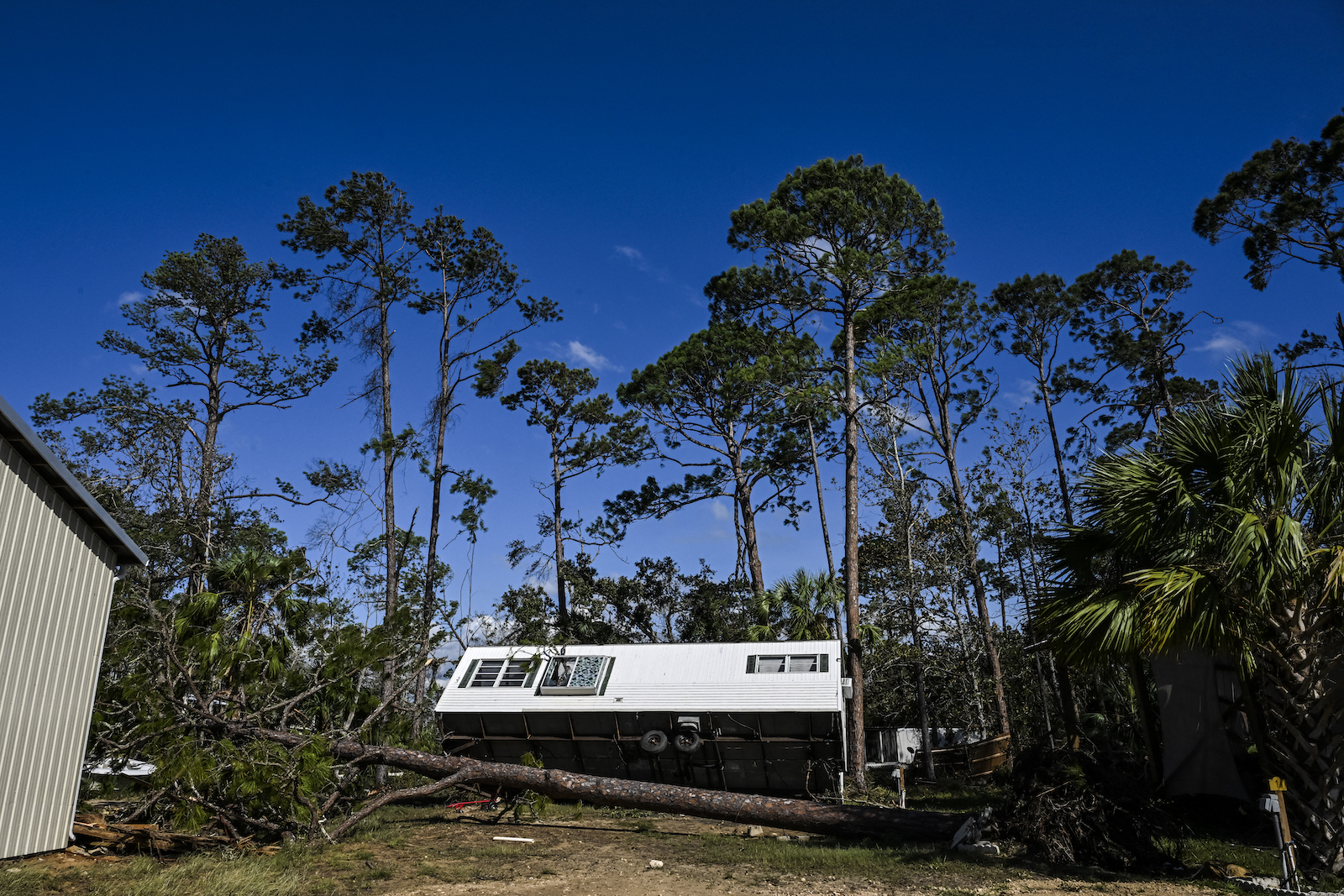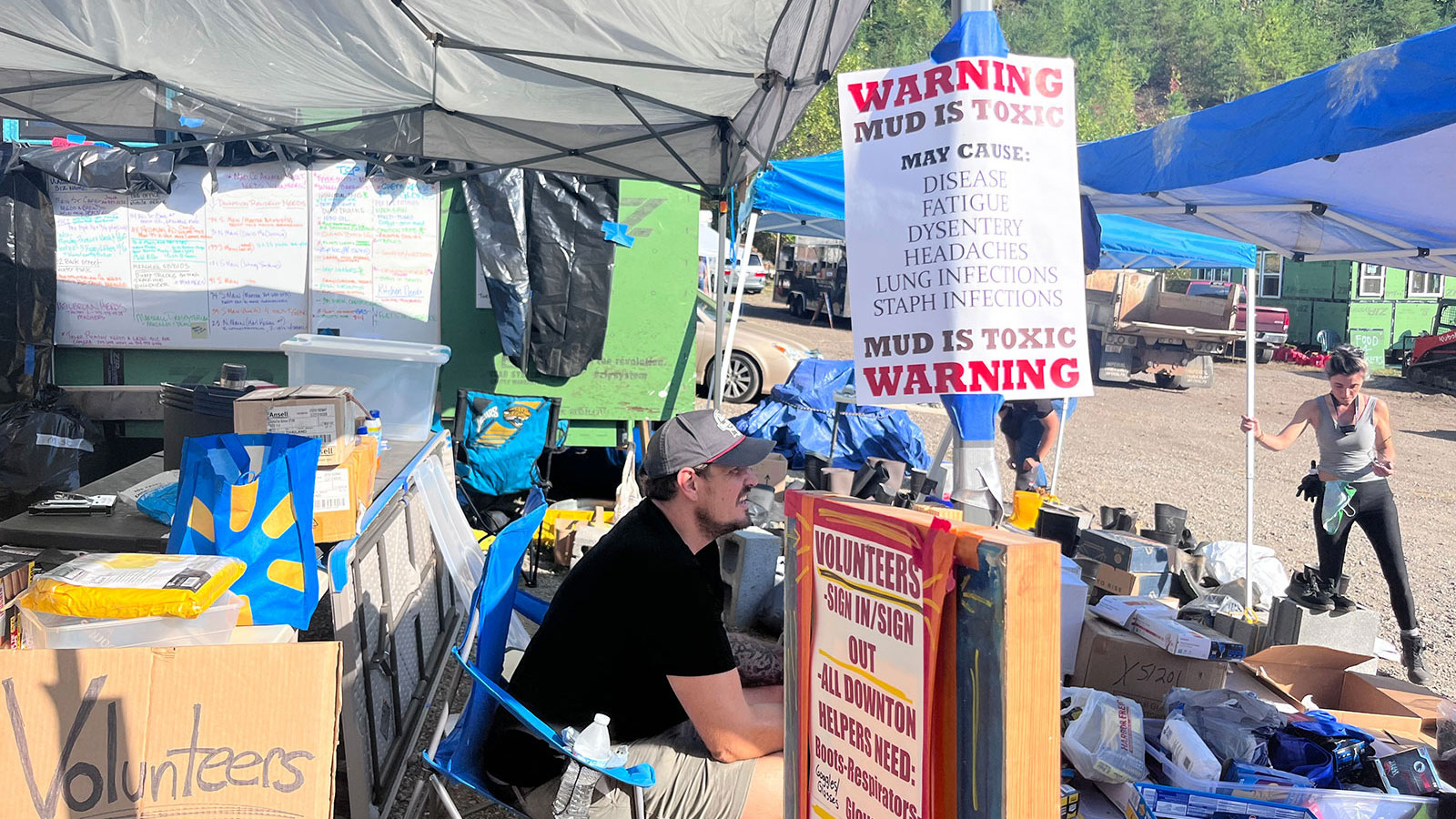Joe Vargas strapped a beach bag cradling his two small dogs, Peppe and Mama, around his torso before pushing his front door open to meet the wall of water head-on. It was late in the evening on September 26, and Hurricane Helene was just starting to thrash St. Petersburg, Florida with a storm surge that now engulfed him. Vargas, who is 63, will never forget how he felt in that moment, wading through the waist-deep murky torrent, debris churning in the deluge and slamming against his legs.
“I thought I was going to die,” he said on Tuesday. The torrent from the adjacent marina was “like somebody opened up a dam. It was like something biblical.”
Though he lives in Harbor Lights, a manufactured home community overlooking the intracoastal waterway, Vargas hadn’t heeded the mandatory evacuation order. Not only would leaving have been an added expense and a logistical headache, Vargas didn’t think he needed to — he’s survived major hurricanes before. “I didn’t know about this, I’d never seen a surge like this,” he said. “I was so scared.”
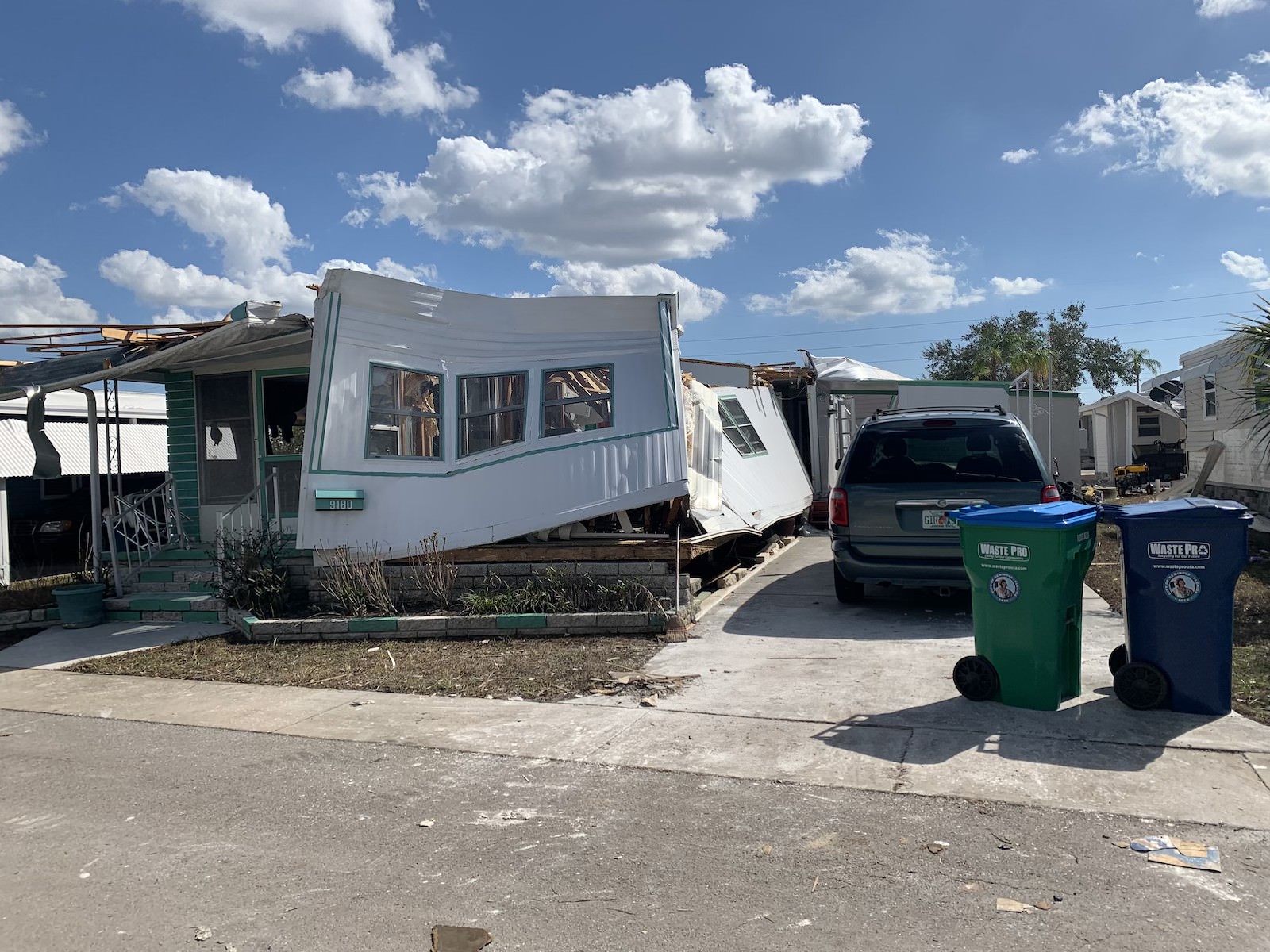
Those who remain to face a hurricane are often labeled brave or stubborn. Sometimes they feel the threat is overblown, the need to leave overstated. But some have no other choice. Evacuating can be costly and laborious, often prohibitively so. For cash-strapped families, those with limited mobility, and the elderly — not to mention those who have no choice but to work through the storm — leaving can feel like an unattainable luxury. And yet this decision can mean the difference between life and death.
Fighting against the water, Vargas eventually sought refuge in a neighbor’s abandoned house in a high-rise down the block to wait out the storm. The next morning he discovered many of his appliances had been destroyed, but the damage to his trailer wasn’t too extensive. Not everyone was so lucky. The calamity had reduced several nearby homes to rubble, gales of wind flattening roofs while the surge inundated vehicles and left a throng of homes uninhabitable.
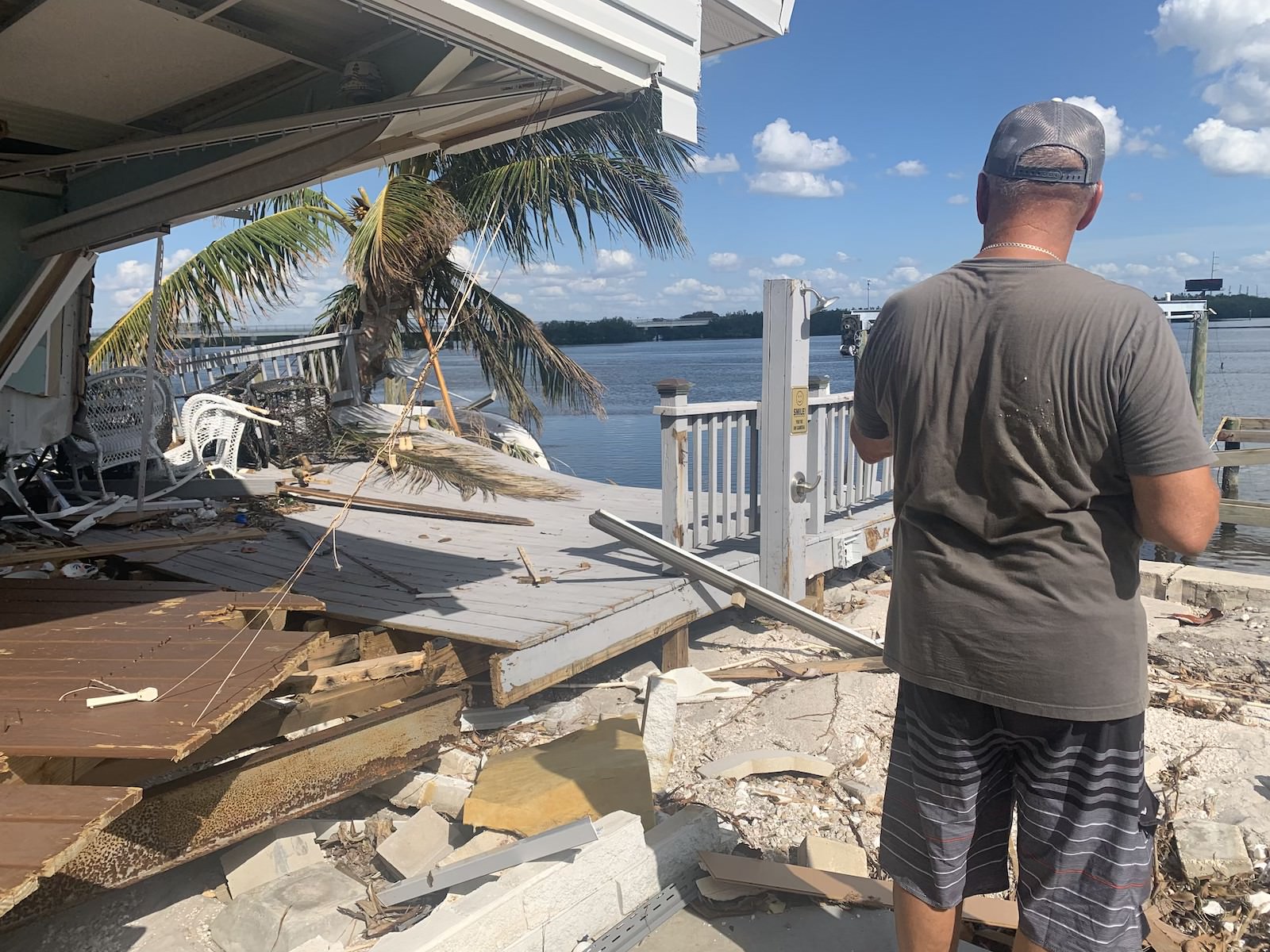
As Helene made its way north, the storm remained unusually large and powerful, bringing heavy rain and high winds as far north as the Carolinas. In Asheville, North Carolina, a city that many considered a “climate haven,” Jamey Gunter faced another type of evacuation dilemma. A longtime service worker, Gunter has been serving fast food at Mars Hill University for the last three months. She was attending a workers union conference in Charlotte when Helene struck, but heard from her eldest son that a tree had landed on her roof and wind had blown shingles off, allowing rain to inundate her house, triggering spreading black mold.
“I’m without money,” said Gunter. “We don’t get paid enough.”
Although her family made it through the storm without injury, she’s not sure where they will live once their time in the hotel room FEMA provided runs out in 30 days. The path of destruction Helene left across her community has rendered many roads inaccessible, preventing Gunter from returning home. She hasn’t worked in almost a month.
“I’m just afraid another storm is going to hit,” said Gunter. “I don’t have the money to move. You have no choice but to stay.”
Two weeks later, as the recovery efforts from Helene continued across five states, more than 5.5 million Floridians were told to evacuate once again as Hurricane Milton sped across the Gulf of Mexico. A range of city, county, and state officials pleaded with residents in mobile homes and evacuation zones to leave. Tampa mayor Jane Castor unequivocally told residents they would die if they ignored that order. People up and down the coast heeded the call, resulting in one of the largest evacuation efforts the state has ever seen. For more than a week, the mass exodus triggered gridlock throughout the region, leaving thousands of gas stations bereft of fuel.
This time around, Vargas joined the fray leaving the Tampa Bay region, heading east to stay with a family member in Lakeland. Two days before Milton made landfall, Kelsey Sanchez also made a hasty retreat.
Sanchez doesn’t own a car, so she and her husband rented one. The only hotel rooms they could find in Northern Florida beyond the storm’s projected path would have cost them close to $1,000 a night, so they ended up camping in a tent outside of Pensacola until the storm passed.
Even so, the two found the ordeal “cost-exorbitant” at nearly $2,500, said Sanchez. In a turn of bad luck, a stray rock cracked the car’s windshield, something that could end up costing them several thousand dollars more. “It’s just been this weird financial limbo,” Sanchez said. “It’s been really stressful and it’s made it really clear that it’s almost something you can’t even really plan for. Who has five grand just sitting around?”
The experience has convinced Sanchez, a lifelong Floridian, that she and her husband need to leave Florida’s burdensome hurricanes — and the region — behind for good. “It’s not sustainable,” she said. “The anxiety, the financial burden, the last-minute troubleshooting. I’m not wealthy enough to just sustain the risks that are inherent to living [here] right now.”
Helene and Milton have highlighted common recurring challenges of disasters, including the questions of equity embedded in the evacuation process, said Will Curran-Groome, who researches disaster resiliency and vulnerable communities at the Urban Institute. Transportation has long been considered one of the biggest evacuation barriers facing lower-income households, particularly those without cars. That has prompted government entities across the country to offer rideshare trips to emergency shelters and repurpose public transit ahead of storms.
Those systems, however, vary based on an area’s emergency management plan, and don’t always consider the locations of vulnerable populations or other systemic barriers that might magnify problems with transportation access ahead of a disaster. In Florida, a lack of disaster communication in languages other than English have historically kept such information from reaching those who need it.
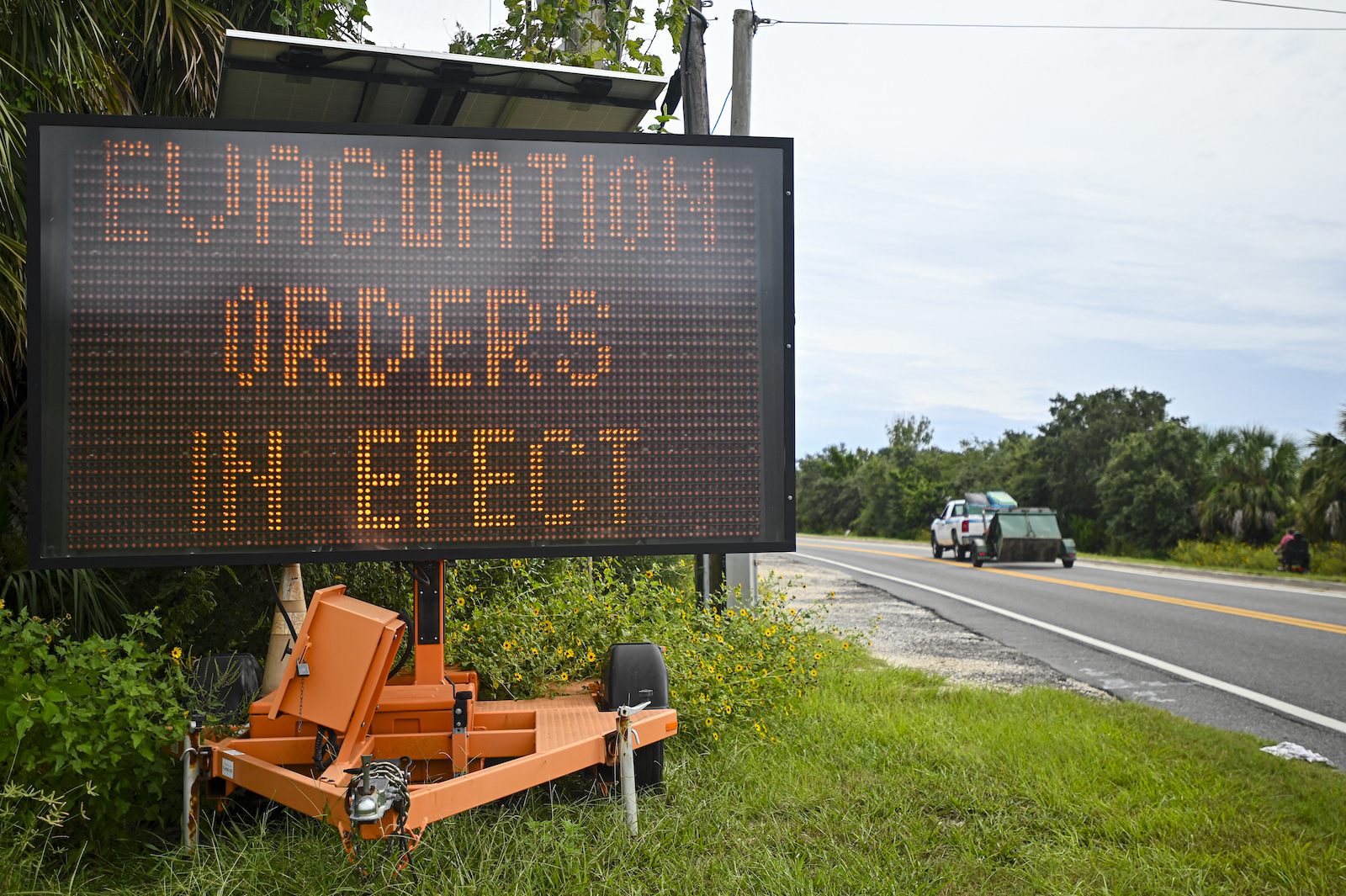
Miguel J. Rodriguez Carrillo / AFP via Getty Images
Households with limited income are “just facing a whole bunch of intersecting challenges when it comes to evacuating ahead of a storm,” said Curran-Groome. Common obstacles include having a safe and secure place to evacuate to, which is often easier for wealthier households that tend to favor hotels or other accommodations. Those who cannot afford such expenses must rely on what transportation services and sheltering options have been established by local and state authorities. “That creates a huge barrier and stressor,” said Curran-Groome.
Researchers surveying the survivors of Hurricane Katrina discovered that more often than not, those who didn’t evacuate were more financially insecure than those who did flee. In many parts of low-lying coastal Florida, “people are underwater before it ever starts to rain, and there’s a lot of people in our community that don’t have the money to take days off of work, that don’t have money to evacuate, that don’t have money to stockpile food,” said Andrea Mercado, executive director of the grassroots organization Florida Rising.
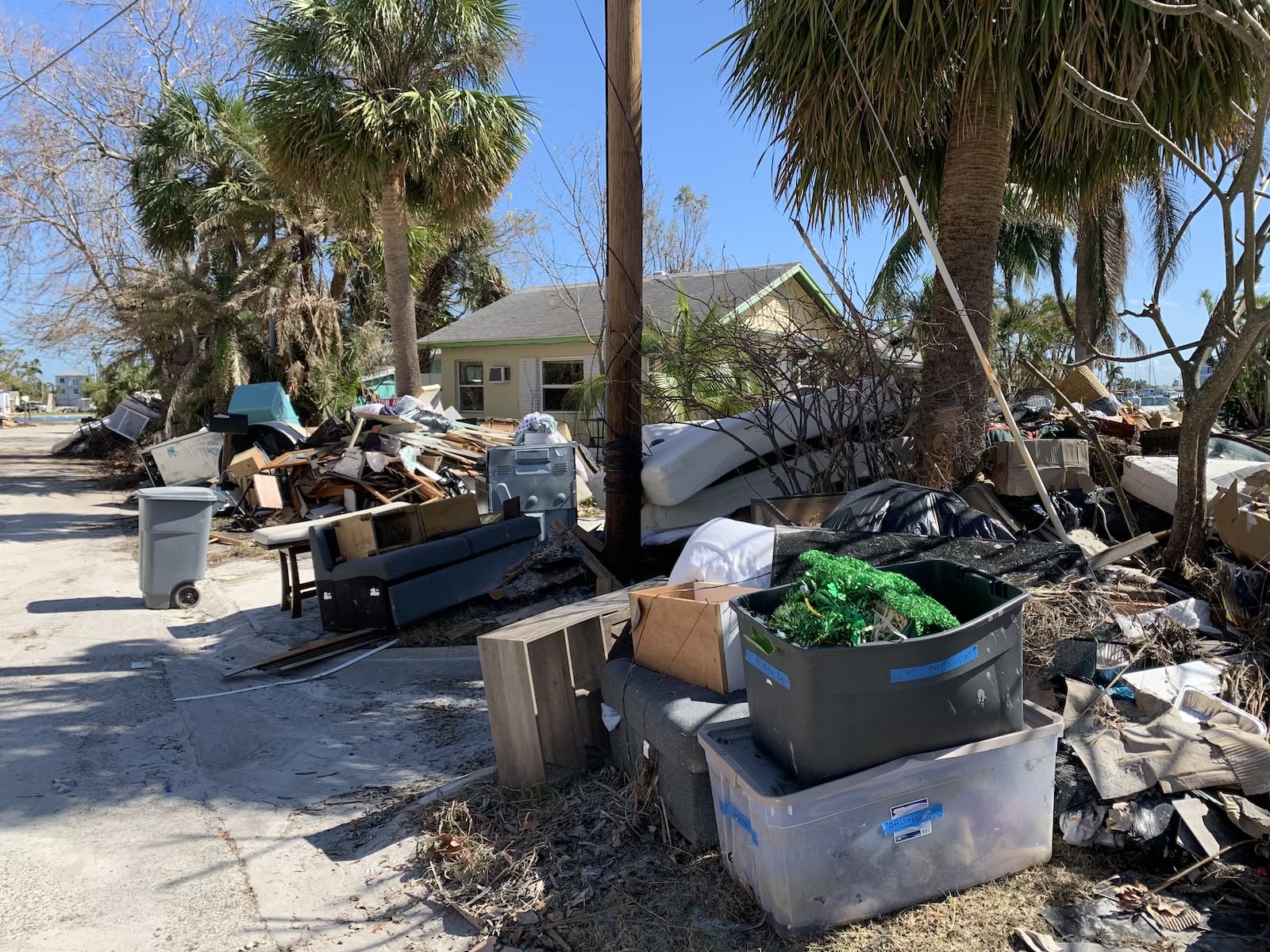
Age also tends to factor into who chooses to remain. Older adults are more likely to shun evacuation because of mobility limitations, health concerns, and the ability to cope with the stress. Having pets, and not knowing which emergency shelters accept them, also are regular deterrents.
Longtime nurse Mary Mitchell in Sarasota, not far from where Milton made landfall, stayed behind out of a sense of duty to her work. Evacuating ahead of a hurricane is something she considers a “very complex set of decisions that need to be made, almost like a matrix in your mind about, ‘OK, what does this storm look like? Am I in that path? What’s my zone? What do I do?’” As a nurse and hospital manager, her “moral or ethical dilemma” is her commitment to caring for her community through the job she does.
“It’s hard because you get inundated with, ‘Why don’t you get out of there? You got to get out of there,’” she said. “Give people some grace.”

